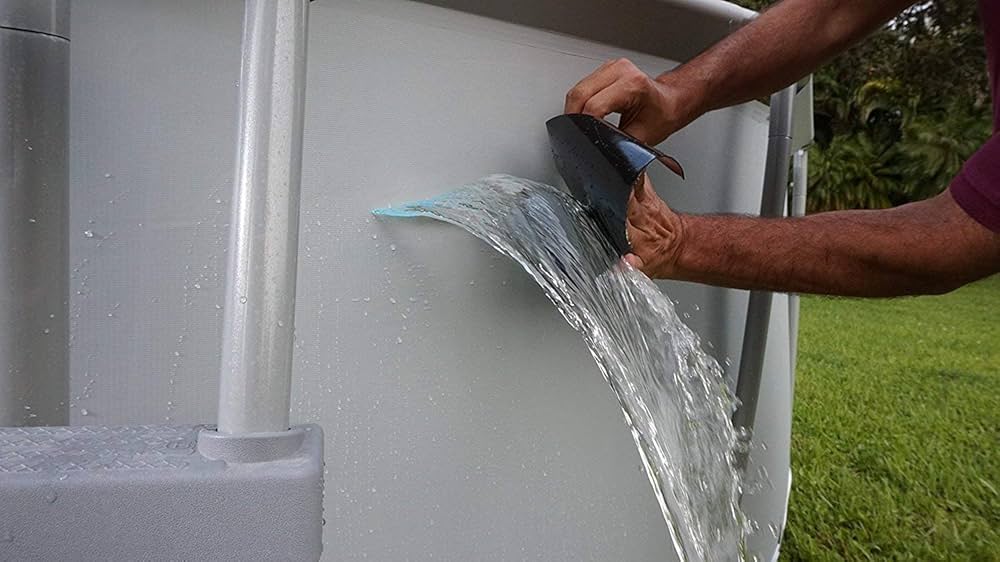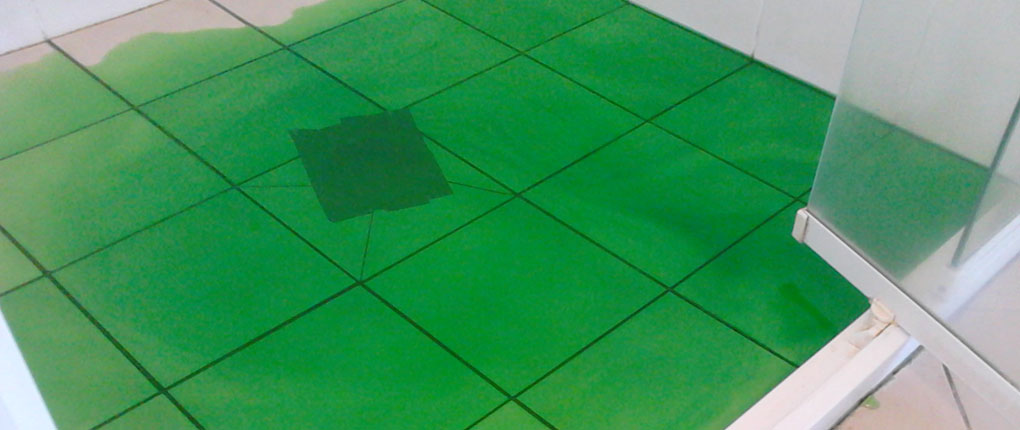
Water storage tanks are essential for maintaining a reliable water supply in homes, businesses, and industrial settings. However, leaks in these tanks can lead to significant water loss, increased costs, and potential damage to property. Detecting water leaks early is crucial for preventing these issues. This guide provides a detailed overview of how to identify and address water leaks in your storage tank effectively.
1. Understanding the Importance of Leak Detection
Water leaks in storage tanks can have various detrimental effects, including:
Increased Water Bills: Continuous leaks lead to wastage, causing higher water consumption and increased utility bills.
Structural Damage: Persistent leaks can undermine the structural integrity of the tank and surrounding areas.
Environmental Impact: Wasted water contributes to resource depletion and can affect local ecosystems.
Operational Disruptions: In industrial or commercial settings, leaks can disrupt operations and lead to downtime.
2. Visual Inspection
The first step in detecting leaks is a thorough visual inspection of the storage tank and its surroundings. Look for the following signs:
Water Puddles: Check the area around the tank for unexplained water pools or dampness.
Stains and Mold: Look for discoloration, stains, or mold growth on the tank or nearby surfaces, which could indicate persistent moisture.
Cracks and Corrosion: Inspect the tank for visible cracks, rust, or corrosion, which may be sources of leaks.
3. Check Water Levels
Monitoring the water levels in the tank can help identify potential leaks:
Consistent Monitoring: Regularly check the water level in the tank. If you notice a gradual or sudden drop without an apparent cause, it could be due to a leak.
Usage Patterns: Compare water usage patterns with the water level changes. Unusual discrepancies may signal a leak.

4. Conducting a Dye Test
A dye test is a simple and effective method to pinpoint the location of a leak:
Choose a Dye: Use a non-toxic, water-soluble dye or food coloring. These dyes are safe for the environment and easy to trace.
Add the Dye: Pour the dye into the tank and let it circulate for a few hours. Observe any areas where the dye appears outside the tank.
Trace the Source: The location where the dye exits the tank will indicate the position of the leak.
5. Pressure Testing
Pressure testing can help detect leaks that are not visible or easily identifiable:
Pressurize the Tank: Use a pressure gauge and pump to increase the pressure inside the tank to its operational level.
Monitor Pressure Changes: Observe any drops in pressure, which could indicate a leak. If the pressure decreases, the leak is likely present.
Localized Testing: For larger tanks, segment the tank into smaller sections and test each section individually to isolate the leak.
6. Acoustic Methods
Acoustic leak detection methods use sound to identify leaks:
Ultrasonic Detectors: Use ultrasonic devices that can detect the sound of water escaping through leaks. These devices are especially useful for locating leaks in pressurized tanks.
Listening Devices: Employ listening devices or stethoscopes to detect unusual sounds.
Conclusion
Detecting and addressing water leaks in storage tanks is essential for preserving water resources, preventing property damage, and avoiding unnecessary expenses. By employing a combination of visual inspections, dye tests, pressure testing, acoustic methods, and professional services, you can effectively identify and address leaks. Regular maintenance and prompt repairs will help ensure the longevity and efficiency of your water storage system.


